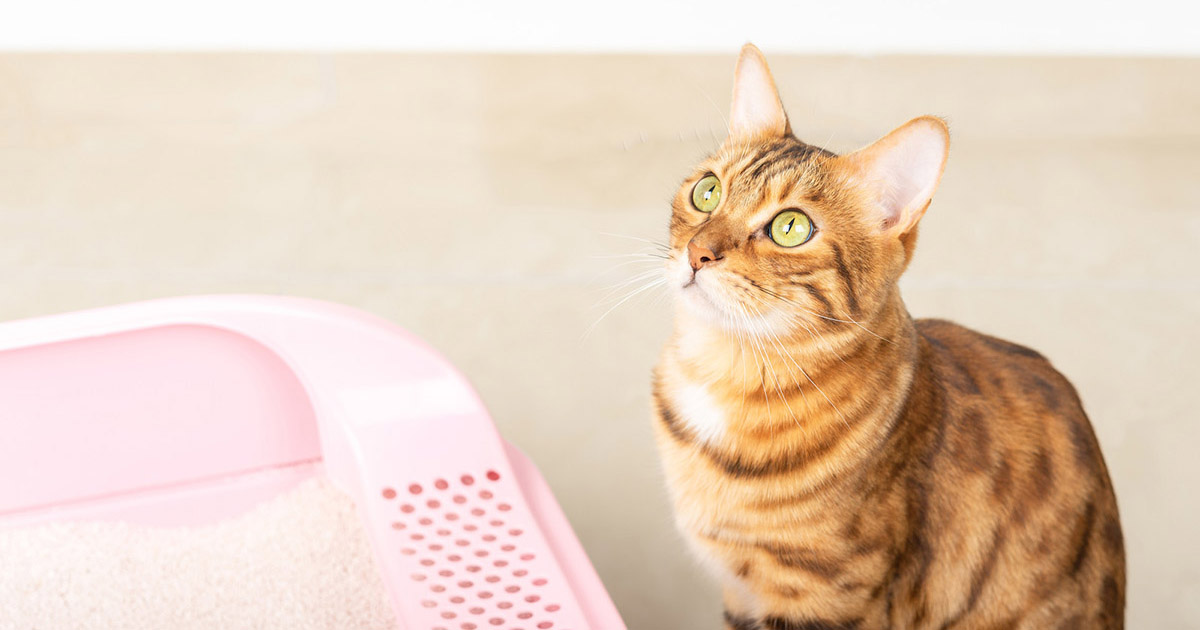Reasons You Should Never Flush Cat Poop Down Your Toilet - Critical Information
Reasons You Should Never Flush Cat Poop Down Your Toilet - Critical Information
Blog Article
Everybody will have their own perception on the subject of How to Dispose of Cat Poop and Litter Without Plastic Bags.
Intro
As cat proprietors, it's vital to be mindful of just how we dispose of our feline close friends' waste. While it may appear practical to purge feline poop down the commode, this practice can have harmful repercussions for both the environment and human wellness.
Alternatives to Flushing
Thankfully, there are much safer and a lot more liable methods to get rid of feline poop. Take into consideration the following alternatives:
1. Scoop and Dispose in Trash
One of the most typical method of throwing away feline poop is to scoop it right into an eco-friendly bag and toss it in the garbage. Be sure to use a dedicated clutter scoop and throw away the waste promptly.
2. Use Biodegradable Litter
Opt for biodegradable cat trash made from materials such as corn or wheat. These litters are eco-friendly and can be safely dealt with in the trash.
3. Hide in the Yard
If you have a yard, take into consideration burying feline waste in a marked location away from vegetable yards and water resources. Make sure to dig deep sufficient to prevent contamination of groundwater.
4. Mount a Pet Waste Disposal System
Buy an animal garbage disposal system particularly designed for pet cat waste. These systems make use of enzymes to break down the waste, reducing odor and ecological impact.
Wellness Risks
In addition to ecological worries, flushing pet cat waste can also pose wellness dangers to people. Feline feces may have Toxoplasma gondii, a parasite that can trigger toxoplasmosis-- a potentially severe disease, particularly for pregnant females and people with damaged immune systems.
Ecological Impact
Flushing cat poop presents unsafe pathogens and bloodsuckers into the water system, presenting a considerable risk to marine ecosystems. These pollutants can adversely impact aquatic life and compromise water top quality.
Final thought
Responsible pet dog possession extends past supplying food and sanctuary-- it also includes proper waste management. By avoiding purging pet cat poop down the commode and going with alternate disposal techniques, we can lessen our environmental impact and shield human wellness.
Why Can’t I Flush Cat Poop?
It Spreads a Parasite
Cats are frequently infected with a parasite called toxoplasma gondii. The parasite causes an infection called toxoplasmosis. It is usually harmless to cats. The parasite only uses cat poop as a host for its eggs. Otherwise, the cat’s immune system usually keeps the infection at low enough levels to maintain its own health. But it does not stop the develop of eggs. These eggs are tiny and surprisingly tough. They may survive for a year before they begin to grow. But that’s the problem.
Our wastewater system is not designed to deal with toxoplasmosis eggs. Instead, most eggs will flush from your toilet into sewers and wastewater management plants. After the sewage is treated for many other harmful things in it, it is typically released into local rivers, lakes, or oceans. Here, the toxoplasmosis eggs can find new hosts, including starfish, crabs, otters, and many other wildlife. For many, this is a significant risk to their health. Toxoplasmosis can also end up infecting water sources that are important for agriculture, which means our deer, pigs, and sheep can get infected too.
Is There Risk to Humans?
There can be a risk to human life from flushing cat poop down the toilet. If you do so, the parasites from your cat’s poop can end up in shellfish, game animals, or livestock. If this meat is then served raw or undercooked, the people who eat it can get sick.
In fact, according to the CDC, 40 million people in the United States are infected with toxoplasma gondii. They get it from exposure to infected seafood, or from some kind of cat poop contamination, like drinking from a stream that is contaminated or touching anything that has come into contact with cat poop. That includes just cleaning a cat litter box.
Most people who get infected with these parasites will not develop any symptoms. However, for pregnant women or for those with compromised immune systems, the parasite can cause severe health problems.
How to Handle Cat Poop
The best way to handle cat poop is actually to clean the box more often. The eggs that the parasite sheds will not become active until one to five days after the cat poops. That means that if you clean daily, you’re much less likely to come into direct contact with infectious eggs.
That said, always dispose of cat poop in the garbage and not down the toilet. Wash your hands before and after you clean the litter box, and bring the bag of poop right outside to your garbage bins.
https://trenchlesssolutionsusa.com/why-cant-i-flush-cat-poop/

Do you really like more info about Don’t flush cat feces down the toilet? Try to leave a remark further down. We would be pleased to find out your reactions about this blog entry. Hoping that you come back again in the near future. Are you aware of another person who is occupied with the niche? Do not hesitate to share it. Thanks a bunch for your time. Come back soon.
Recurring Service Plans Report this page